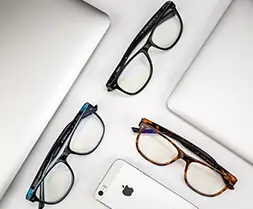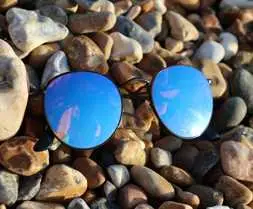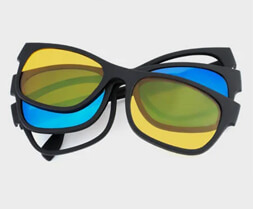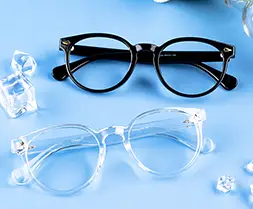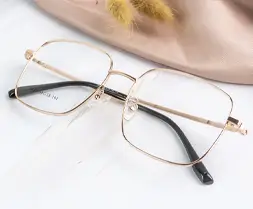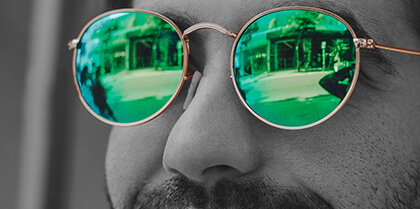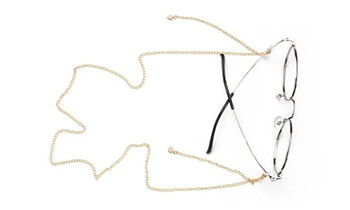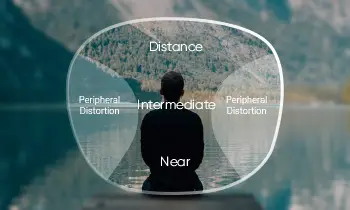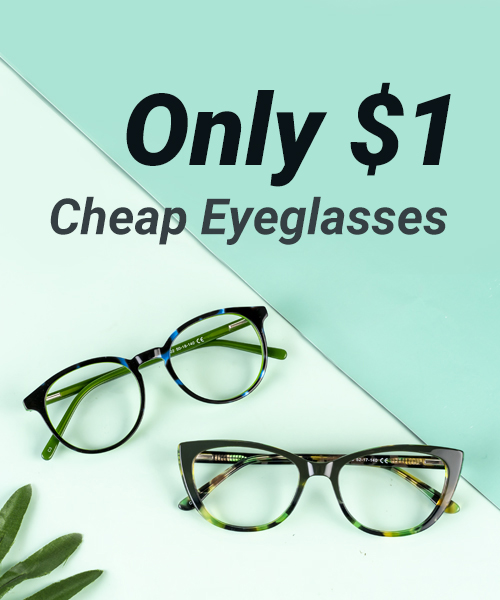A: Different light sources can hurt children's eyes; our family lamps are custom-made from the factory.
B: Can I buy a brand of the same light?
A: Even if it is the same brand, different batches will still have an impact!
B: Children's eyes really can't be taken lightly; it's a lifetime thing.
Two fathers are discussing the effects of lighting on their children's eyes at home.
Myopia is a growing problem; based on the prevalence data and the corresponding population figures worldwide, it can be revealed that myopia and high myopia will involve 52% (4949 million) and 10.0% (925 million), correspondingly, of the world's population by 2050, and high myopia is becoming more and more common. The age of myopia is also getting younger; a large part of the reason is that most children stay indoors almost every day, in the poor quality of artificial lighting in the light environment.
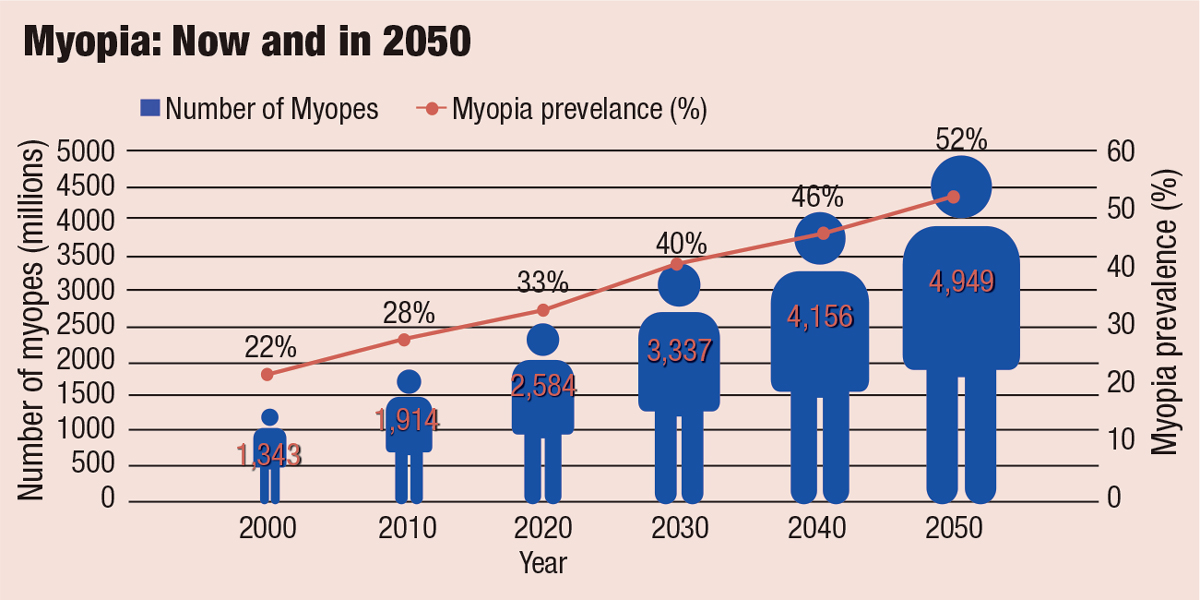
It can be revealed that myopia and high myopia will involve 52% (4949 million) and 10.0% (925 million), correspondingly, of the world's population by 2050.
Parents love their children, and the far-reaching, poor-quality light environment will bring their own and their family's eye health. Especially for children in the developmental stage, long-term in poor quality light environment, the light is easy to eye fatigue, dryness, and other symptoms, the heavy may suffer from myopia, amblyopia, and other diseases.
In daily life, how should parents Create a healthy light environment for their children?
01 Try to use natural light
For the human eye, the best light is the sunlight; sunlight, along with the evolution of earth creatures for billions of years, is the most adapted to the light of earth creatures. For indoor lighting, the best reference standard is also undoubtedly sunlight. Therefore, during the daytime, parents should try to keep the child's room with sufficient natural light.
02 Avoid looking at unstable lights for a long time
Some parents, on holidays, in order to pursue a sense of atmosphere in the home, install flash small colored lights. Our pupils, for the normal range of relatively stable light sources, can adjust and adapt. But for these flashing, blinding LED string lights, if it takes a long time to gaze, the eyes will appear to adjust to fatigue or even can not adjust to the situation. At this time, the child may have tears, rubbing the eyes of the visual fatigue performance, in the long run, will also have an impact on vision and color discrimination. Therefore, in the choice of lamps and lanterns, be sure to choose the light stable lamps and lanterns, to avoid a long time look at the flickering, blinding light.
03 Reading lighting environment is important
A too-bright or too-dark environment with eyes will cause harm to children's eyes, at night when children read and write, you can choose softer lamps and lanterns; the light emitted is soft yellow incandescent lamps for fill light, this light is closer to natural light, the lamp is best to have a lampshade, so as not to light directly into the eyes.
04 Walls should not be painted too white or too bright
According to statistics, the general white powder wall light reflection coefficient of 69% to 80%, especially white, bright wall reflection coefficient of even up to 80% of this value greatly exceeds the human body can withstand the physiological adaptation range and will cause damage to the cornea and iris of the human eye, inhibit the function of the retinal photoreceptor cells, causing visual fatigue and vision loss. Children's visual development is not yet perfect; long-term exposure to too bright a white environment it is easy to produce visual fatigue, which in turn affects the development of vision.
05 Do not let children sleep with the lights on
The latest research shows that children who sleep with the lights on before the age of two have a 34% chance of developing myopia in the future, and those who sleep with the lights on after the age of two have a 55% chance of developing myopia in the future, while those who sleep with the lights off have only a 10% chance of developing myopia. Sleeping with the lights on for long periods of time will cause the pupils to be unable to truly relax and rest, and the nerves and muscles in the eyes will always be in a tight state.
06 Avoid children looking directly at the light
Many children will like to stare at bright light; if you stare at a strong light source for a long time, it may cause some eye damage. Especially for developing children, long-term exposure to bright light may cause not only retinal and corneal burns but also retinal macular area burns; once irreversible damage, it will seriously affect the development of children's vision.
It is important to create a healthy eye environment for your child; never let poor-quality lighting affect your child's eyesight. Have a pair of bright eyes in order to see the beautiful scenery on the road of life.



